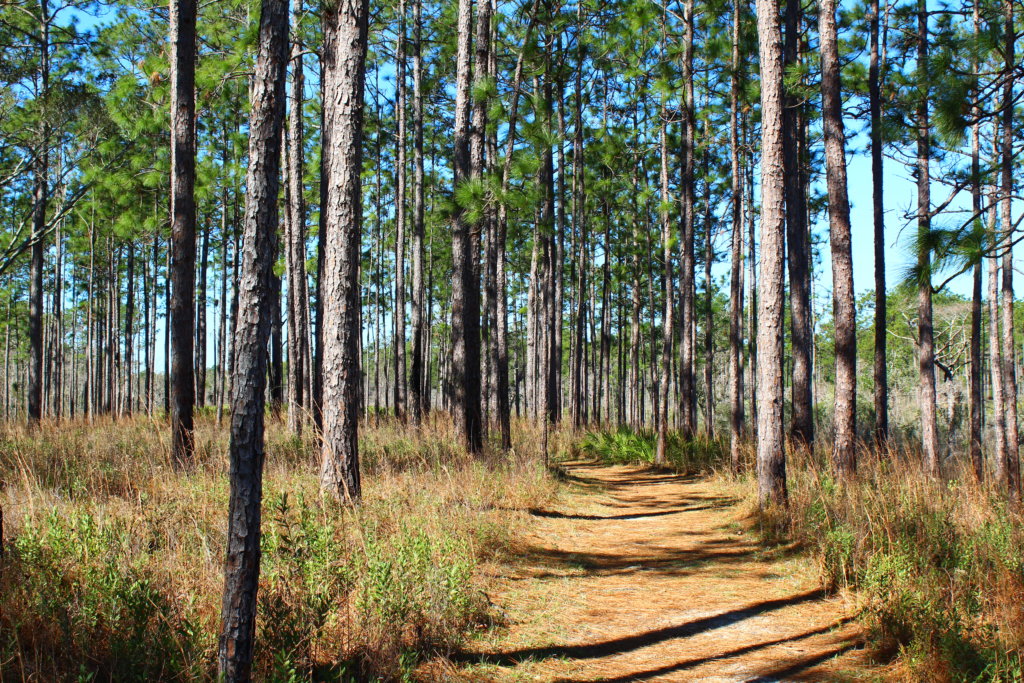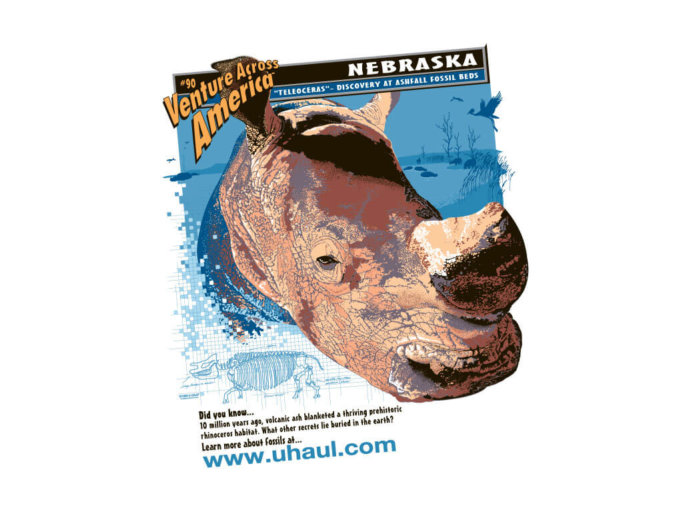Mississippi Sandhill Crane
Traveling west on I10 from Alabama, I see massive shipbuilding cranes dotting the landscape in Mobile, Al. I hope these will not be the only cranes I see. As today, I am seeking the smaller; 4 foot tall, rare and endangered, Mississippi Sandhill Crane.
The interstate toward the Sandhill Crane Refuge in Gautier, MS is lined with billboards promoting upcoming performances by Billy Idol, Ron White and also teasing of jackpot riches at the Biloxi casinos. All of these are things that pique my interest, but today the number of billboards is just an assault on the senses. This isn’t at all what I envision for a wildlife refuge area. However, as I cross over the Pascagoula river and Creole Bayou, there is a dramatic change in the landscape. The saw grass marshes and soaring heron are much more aesthetically appealing.

Entering the refuge I notice it is unusually empty. I am early but within the stated operating hours. I think I surprised Pat, the refuge coordinator, as I make a less than graceful entrance into the visitor center. She is most friendly and informs me that once the first crane egg drops, the refuge closes for nesting season. Yep, it dropped just prior to my arrival, and the arterial roads within the refuge are now closed. Pat and I carry on a conversation about cranes, birds, plants, and dogs, you know the usual stuff.
One advantage of visiting with the refuge closed, is I have the place to myself. In such, the rules are a little more lax. She invites Murphy to join me in the theatre for a 12-minute presentation on the refuge and the Sandhill crane.
As expected the loss of habitat is to blame for the dramatic decline in the crane population in the ’50-’60s. What I didn’t expect to hear is that the air conditioner was largely to blame. Before the advent of freon and the Carrier man, no one dare live in this areas heat and humidity.
On the Trail
Armed with more knowledge of the cranes’ plight, Murphy and I proceed to the C.L. Dees trail adjacent to the visitor center. The windy conditions give literal meaning to the term whispering pines. It’s as if the whole tree canopy is passing along a secret; warning of our passage. The 3/4 mile trail provides a mini-ecosystem of marshes, bayous, flatwoods, carnivorous plants and a wet pine savannah. Just as we are too late in the season for the cranes, we are too early for the full onset of blooming plants. A few wildflowers along the way added splashes of color.
Based on a recommendation by Pat, we travel the refuge boundary road, old Spanish Trail, hoping to spot a Sandhill Crane that might be out stretching its wings.

Old Spanish Trail
Traversing the 8 miles on a rather busy two-lane road called the old Spanish Trail, I see what would normally be access roads into the refuge with now locked gates. I stop and peer in but see no cranes. Disheartened, I stop at the Fountainbleau Trailhead, also part of the refuge, and begin to hike in.
Soon, I hear a loud shrill cackling, chirping sound. Unlike anything I have ever heard, did I stumble upon and nest? Is a momma bird about to swoop upon me or carry Murphy away? What anyone might do in this situation, I check and make sure my camera is on and ready to shoot. I follow the trail toward the noise and hear it again, but this time there are more of them. The trail ends at a clearing, and there they are, right on the Ocean Springs Middle School grounds, a bunch of school girls playing kick ball. Doh!!
Realizing that my chances of finding a Mississippi Sandhill crane are dwindling fast, I retreat and drive back through the main refuge area. An area of which is now ablaze as part of a controlled burn that helps keep the more dense vegetation from overgrowing and preventing a healthy savannah.
Though I see no cranes today, I learn that’s not uncommon, as they are highly protected and reclusive. The refuge covering over 19,000 square acres is home to only 135 of the Mississippi Sandhill cranes known to exist. That’s triple the number from the ’70s when the Refuge was the first such habitat to be designated under the Endangered Species Act. Though the refuge itself is a nice little oasis, I can certainly understand the loss of habitat that contributed to the cranes’ population decline. This refuge provides a much needed habitat necessary for the preservation of this beautiful and majestic bird.
If I could somehow be assured that Billy Idol wouldn’t drop an egg and cancel on me, I might just buy a ticket for that show.




3 thoughts on “Sandhill Crane Refuge”